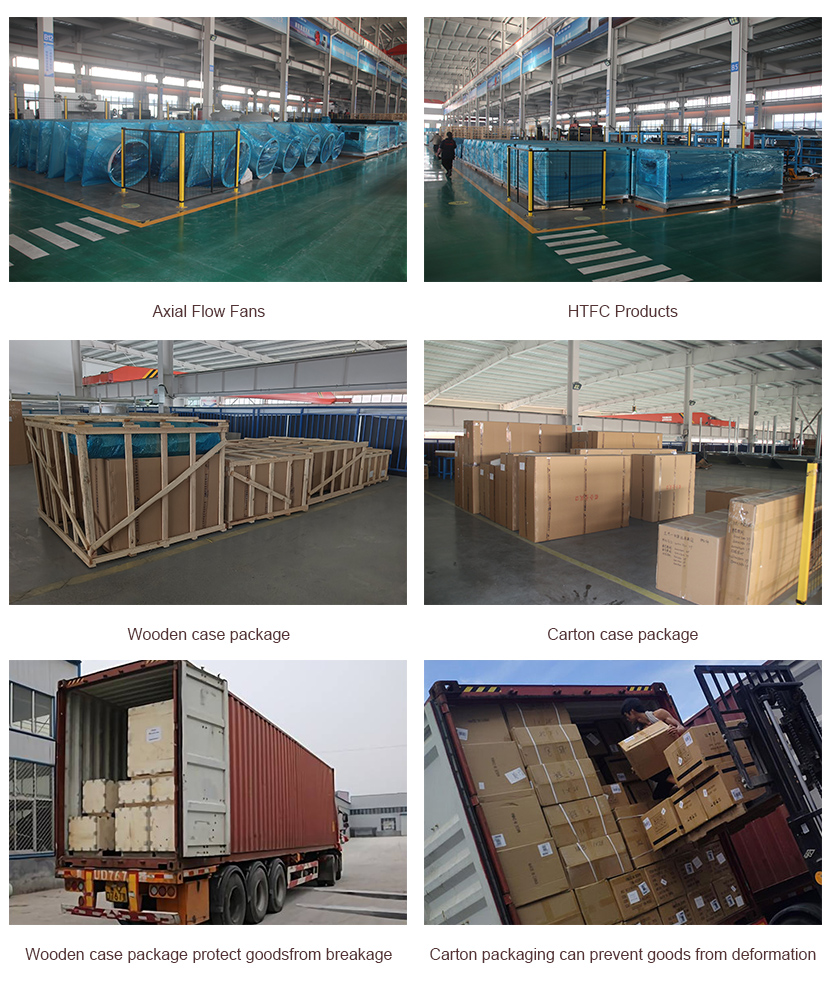Address: DeZhou,ShanDong,China | WhatsApp: +86-15098941090 | E-mail: support@aikegroupco.com
Email: support@aikegroupco.com
Whatsapp: +86-15098941090
Control dampers consist of two primary components: the valve body assembly and the actuator assembly (or actuator system). These components are categorized into four series: single-seat series control valves, double-seat series control valves, sleeve series control valves, and self-operated series control valves.
The variations among these four types of valves result in numerous applicable structures, each possessing unique applications, characteristics, advantages, and disadvantages. While certain control valves may offer a broader range of application conditions compared to others, it is important to note that control valves are not suitable for all conditions.
Therefore, a collaborative approach is essential to develop optimal solutions that enhance performance while minimizing costs.


Classify
Fire valve according to its function can be divided into: smoke exhaust valve, smoke exhaust fire valve, fire control valve, smoke fire control valve and other structures.
Smoke vent valve
The smoke exhaust valve is installed on the pipe of the smoke exhaust system in high-rise buildings and underground buildings. Its basic functions are: temperature sensing (smoke) electrical signal linkage, and smoke exhaust fan starts operation at the same time; Manually open the valve and start the exhaust fan at the same time; Output valve opening signal.
Smoke exhaust fire valve
The smoke exhaust fire valve is installed on the pipe of the smoke exhaust system required by smoke exhaust and fire prevention (located on the pipe at the inlet of the smoke exhaust fan). Its basic function is not only that of the smoke exhaust valve, but also that when the smoke exhaust temperature exceeds 280℃, the valve is blown off, and the smoke exhaust machine is shut down at the same time.
Fire control valve
The fire control valve is installed on the ventilation and air conditioning system pipe with fire protection requirements (to prevent the fire from spreading along the air duct), and its functions are: the temperature fuse is blown at 70 ° C, so that the valve is closed; Output valve close signal, ventilation and air conditioning system fan stop; Stepless regulation of air volume.
Smoke and fire control valve
The smoke and fire control valve is installed on the ventilation and air conditioning system pipe with smoke and fire prevention requirements (to prevent the spread of fireworks), its functions are: smoke sensing (temperature) electrical signal linkage to close the valve, ventilation and air conditioning system fan shut down; Manually close the valve and shut down the fan; The valve is closed when the temperature fuse is blown at 70℃; Output valve closing signal; The air volume is graded according to 90° quintuple.
Shipment
My shipment arrived early than with the expected date. Everything according to package was safely shipped to me with no defects. The supplier was excellent enough to satisfy the customer’s needs.
